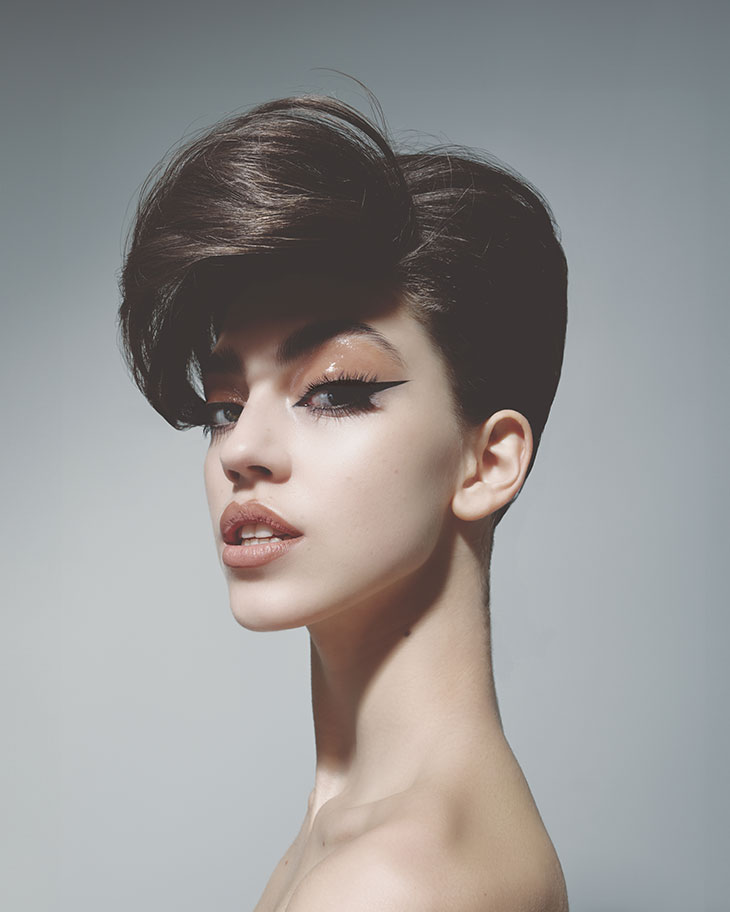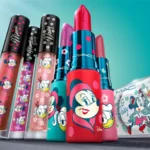
Heat styling tools have transformed the way we approach hair care, becoming essential companions for creating everything from pin-straight locks to voluminous curls. Whether you reach for a curling wand, blow dryer, or a flat iron, mastering safe practices protects both your hair and your well-being.
The secret to success lies in finding that sweet spot between achieving your desired look and maintaining proper safety protocols alongside hair health maintenance. With the right techniques and care, you can push styling boundaries without sacrificing strength or shine.
When it comes to creating sleek, smooth results, choosing a high-quality hair straightener, such as models from major brands, can make a real difference in reducing heat damage and improving longevity of your style. This detailed guide draws on expert insights to help you create stunning styles while minimizing damage and preserving your hair’s natural strength.
Understanding Heat Styling Tools
Types of Heat Styling Tools
Today’s styling toolkit encompasses several must-have devices, each crafted for distinct purposes. Straighteners employ heated plates that smooth and sleek hair strands, while curling irons wrap sections around heated barrels to craft waves and spirals. Hair wavers create textured, crimped looks through their specialized plate configurations, and blow dryers combine heated airflow with styling to simultaneously dry and shape your hair. Since each tool delivers heat in its own unique way, they each demand specific safety approaches and handling techniques.
How Heat Affects Hair Structure
Grasping the science behind heat styling reveals exactly why proper technique makes such a difference. High temperatures temporarily reshape your hair’s cuticle layer – that protective shield surrounding each individual strand. When heat becomes too intense, this moisture barrier suffers compromise, triggering dehydration and structural vulnerability. This damage shows up as heat damage in the form of dryness, breakage, unwanted frizz, and diminished natural bounce. Additionally, extreme temperatures can break down the protein bonds that give hair its strength, creating lasting damage that affects both how your hair looks and how easily you can manage it.

Safety Best Practices for Using Heat Styling Tools
General Safety Guidelines
Every quality heat styling tool should bear a recognized safety mark or certification, proving it has met established safety benchmarks. These certifications guarantee the device has passed rigorous testing for both electrical safety and performance standards. Keep tools well out of reach of children and pets, storing them in heatproof pouches or designated spaces when you’re finished styling.
Essential safety reminders include turning off and unplugging devices right after use, never walking away while they’re still hot, and keeping them far from water sources to prevent electrical hazards. Even momentary contact with water while a tool remains plugged in can create life-threatening situations.
Temperature Control and Hair Protection
Different hair textures thrive at specific temperature ranges that deliver results without excessive harm. Fine hair performs beautifully at temperatures ranging from 250-300°F, while thick or coarse hair might need 300-350°F to achieve effective styling. Still, resist cranking up to maximum heat unless truly necessary – lower temperatures usually deliver satisfying results with far less risk of damage.
Heat protectant sprays and serums form a defensive barrier that helps lock in moisture while reducing breakage potential. Work these products through damp hair before blow-drying, or apply to completely dry hair before using other heated implements. This straightforward step can make a remarkable difference in preventing heat-related damage over months and years.
Safe Styling Techniques
Smart technique starts with dividing hair into workable sections, which ensures even heat coverage and eliminates the need to repeatedly style the same areas. Never apply heated tools to wet or damp hair – doing so can cause serious damage and potentially painful burns. Always verify that hair is thoroughly dry before introducing direct heat from straighteners, curling irons, or similar devices.
During styling, move tools smoothly through each section instead of clamping down and lingering in one spot. This approach prevents concentrated heat exposure that can create weak points or actual burns along the hair shaft. Maintain a steady, deliberate pace that allows heat to work its magic without overdoing the process.

Preventing Accidents and Injuries
Burn and Fire Prevention
Heat styling tools present genuine burn hazards, especially dangerous for children who might accidentally brush against scorching surfaces. The metal plates and barrels on these devices can soar beyond 400°F, inflicting immediate injury on contact. Investing in heat-resistant mats creates safe resting spots for hot tools while protecting your countertops and furniture from heat damage.
Automated shut-off features offer valuable safety upgrades, automatically powering down tools after they’ve been idle for set periods. When browsing for new styling tools, make this feature a priority – particularly if you tend to forget about turning off appliances.
Teaching Safe Use to Young People
Preteens and teenagers naturally gravitate toward experimenting with heat styling, which makes thorough education absolutely crucial. Start with comprehensive instruction about temperature controls, stressing that maximum heat rarely equals superior results. Stay present during their first attempts and set firm boundaries about when and where these tools can be operated.
Key Takeaway Box: Family Safety Tips
– Always supervise young users during initial learning
– Begin with the lowest temperature that produces desired results
– Designate specific styling areas away from bedding and flammable materials
– Build habits around double-checking that tools are unplugged after each session
– Keep basic first aid supplies easily accessible in styling spaces

Maintaining Hair Health While Using Heat Tools
Minimizing Damage Over Time
How often you use heat styling plays a major role in your hair’s long-term condition. Try rotating between heat styling days and protective styles that don’t require any heated tools – think braids, buns, or simply letting your hair air-dry naturally. This rotation gives your strands crucial recovery time between styling sessions.
Consistent use of moisturizing shampoos and conditioners designed specifically for heat-styled hair helps restore lost moisture while strengthening compromised areas. Add weekly deep conditioning treatments to your routine for intensive repair and ongoing protection. Scheduling regular trims every 6-8 weeks stops split ends from creeping up the hair shaft, preserving your hair’s overall health and appearance.
Recognizing Signs of Damage
Catching heat damage early enables quick action before minor issues escalate into major problems. Stay alert for these telltale warning signs:
- Growing dryness and increasingly rough texture
- Split ends developing more rapidly than usual
- Diminished natural shine and vibrancy
- Rising frizz levels and styling difficulties
- Hair feeling fragile or snapping during regular brushing
When you notice these symptoms emerging, consider scaling back your heat styling routine, lowering your temperature settings, or seeking personalized guidance from a professional stylist.
Final Reflection and Reader Empowerment
Creating gorgeous hairstyles doesn’t mean you have to sacrifice your hair’s health or put yourself at risk. By weaving these research-backed practices into your routine, you can embrace the flexibility of heat styling tools while keeping your hair strong and vibrant. Keep in mind that consistency with protective measures delivers the most impressive long-term payoffs – small daily precautions head off significant problems before they start.
Armed with proper knowledge and care, you can achieve the styles you love while keeping your hair’s well-being intact. Think about sharing your own discoveries and techniques with friends and family – when we pool our knowledge, everyone benefits from safer, more effective styling approaches.
Images from Sofia Konecka by Alec Buca – see full story here.



